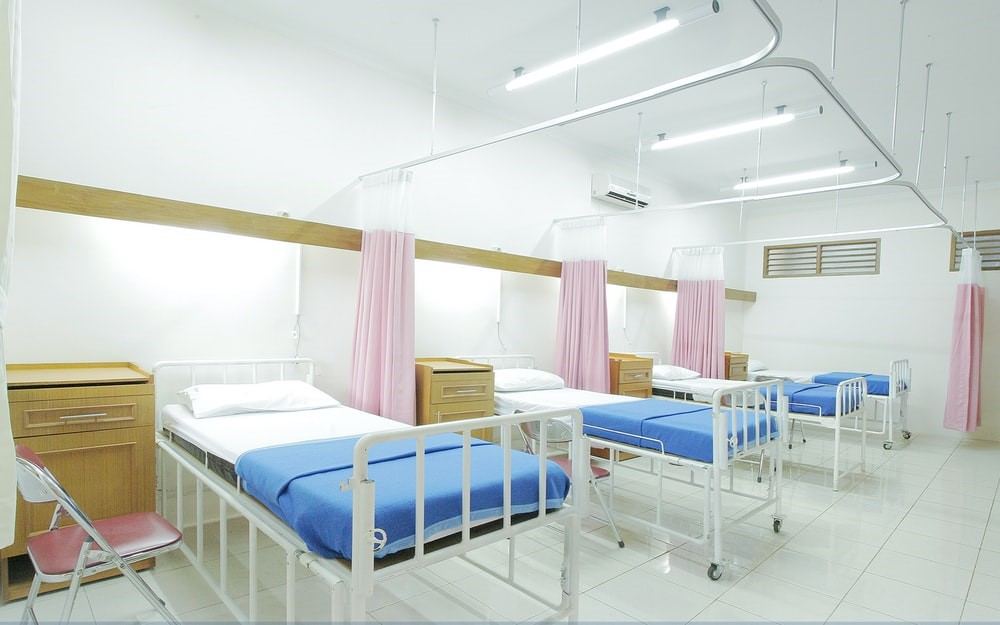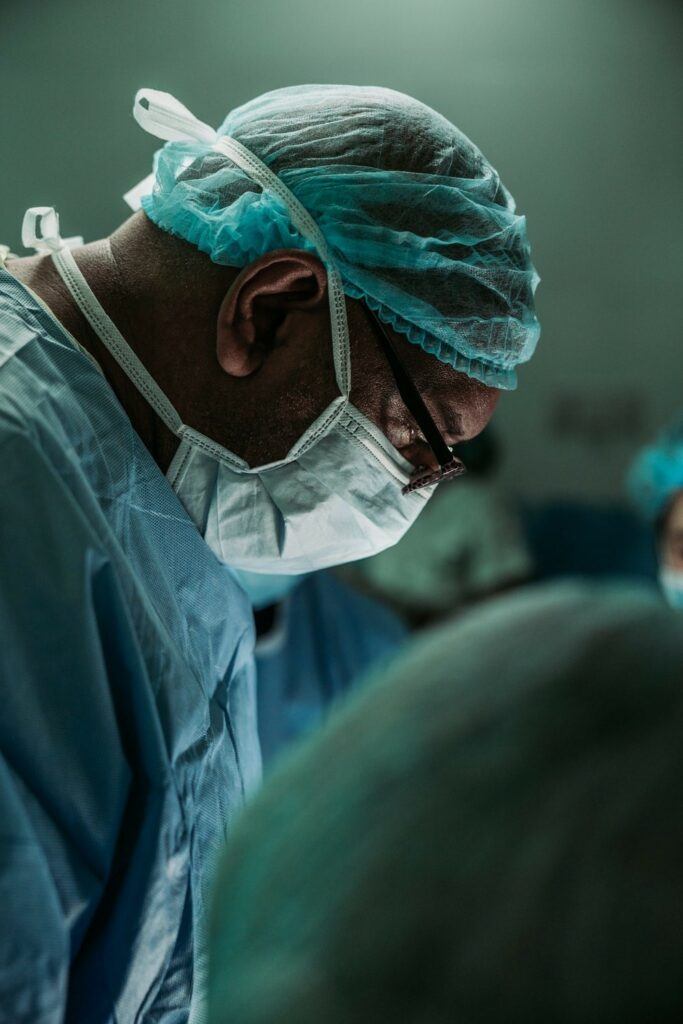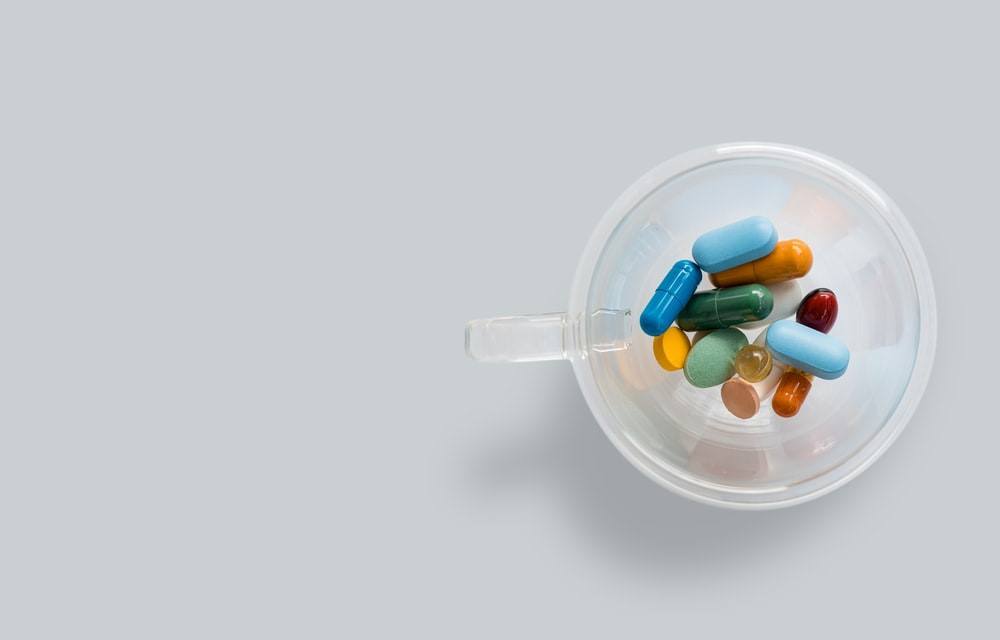Most of us recognize hospitals as a place for healing. What is less obvious is that there are also numerous safety risks in hospitals. “What are these dangers?”, you might ask. Well, some people get pressure ulcers from being in bed too long. Others acquire infections from other patients or from contaminated surfaces. Some fall because their medications and the unfamiliar environment causes them to become disoriented.
Other safety risks in hospitals include being subject to a wrong medication, a wrong dose, or wrong procedure. Unfortunately, these events are not that uncommon. According to a study published by Johns Hopkins University in 2016, more than 250,000 people in the United States die every year because of medical mistakes. This makes medical errors the third leading cause of death (Makary & Daniel, 2016).
You might be interested in: FDA Drug Development Process – How It Works

In Healthcare, Errors Could be Deadly
While the fact that medical errors is one of the leading causes of death sounds and is astounding, the fact that at least some errors would exist in healthcare should be no surprise. After all, healthcare providers are human, and humans make an average of 50 errors a day (Muschara, 2014). Fortunately, the vast majority of these mistakes don’t lead to negative consequences. However, the healthcare industry is one of those industries where errors can make the difference between life and death.
In 1999, the Institute of Medicine published a seminal report that brought first brought to the spotlight the plight of medical errors. To counter this plight, the Institute of Medicine proposed that the healthcare industry take lessons from the airline industry. The airline industry is another industry where mistake can make the difference between life or death situation. Unlike the healthcare industry, however, it has a much better safety record.

Healthcare Learning Point – Blame the System, Not the Individual
One thing that the healthcare industry learned from the airline industry was to focus on the environmental and human factors that allow mistakes to happen in the first place (e.g., system errors) rather than on placing blame on individuals. This non-punitive approach encourages people to be open about their mistakes and share ideas of how to prevent these in the future. It also encourages the implementation of solutions that will lead to long-lasting avoidance of avoidable errors.
Some of the systems that the healthcare industry has adopted from the airline industry, for example, are the use of checklists, structured communication, and use of time-outs. Such techniques could be implemented in situations when mistakes are frequent. By putting checks in place, it increases the opportunities that mistakes will be caught before they reach the patient.
Healthcare Learning Point – Cultivate Teamwork
Historically, healthcare providers have been trained separately from one another. Nurse, physicians, pharmacists, physical therapists, etc., would have limited interaction during, and even after, their education. In line with the importance of teamwork and communication in patient safety, in its seminal report, the Institute of Medicine report (1999) recommended that healthcare training be reformed in a way that the various providers work more collaboratively.
Curricula are being redesigned so that professionals are able to better work with each other and welcome questioning one another. The goal is that everyone in the healthcare team will feel comfortable enough to speak up when patient safety is at risk. Since patients are now recognized as part of the healthcare team, they too are encouraged to be informed and speak up when they sense something is wrong.

Healthcare Learning Point – Increase Transparency & Accountability
In response to the Institute of Medicine’s findings, over the past couple of years, the Patient Safety and Affordable Care Act has provided incentives to hospitals to reduce complications and increase customer satisfaction and participation.
The Agency for Healthcare Research and Quality (AHRQ) and the Centers for Medicaid and Medicare Services (CMS, 2014), for example, developed the HCAHPS (Hospital Consumer Assessment of Healthcare Providers and Systems) survey to measure the patient’s perception of the quality of care that was provided to them while hospitalized (CMS, 2014).
Likewise, hospitals need to report their rate of compliance with metrics, such as whether pneumonia and flu vaccines are being administered, how appropriately conditions such as sepsis and stroke are treated, and the incidence of hospital acquired complications.
The information is then posted online for patients to see. Thus, the hospitals’ reputations, and oftentimes their payments, are tied to their performance on these measures.
This is important as hospitals are businesses after all. While one would hope that they would put patient safety among their top goals, the truth is that, left to their own discretion, they might not. Making patient safety a factor of their bottom line definitely helps ensure that hospitals will put safety at the top of their organizational goals.
You might be interested in: Lean 6 Sigma Training – Become a Quality Ninja

What You Can Do to Avoid the Safety Risks in Hospitals
While the healthcare industry has undoubtedly been taking action to decrease safety risks in hospitals, you too have the power to make the hospital a safer place for you and your loved ones.
You might be interested in: Personal Health Record Benefits – Take Charge
Because even healthcare providers with the best intentions can make errors, you would be smart to be your own health advocate. Be informed and speak up when you think something seems wrong. You are fortunate to live in a time when you can easily research information to inform yourselves about all topics. Use this to your advantage when it comes to your health.
Research all of your conditions and concerns and make sure you have a general understanding of them. While providers know a lot, they also treat a lot of many conditions on a daily basis. Therefore, they may not be able to keep fresh in their minds all the details pertinent to you. For this reason, even though one might argue that providers should be all knowing and attentive to details, it is helpful if you have an understanding of health topics and can pinpoint facts that the provider might be overlooking.
Know your medications, your allergies, and your vaccines. Keep accurate and detailed records of your medical history. There are many applications now a days that you can use to track your health information. Alternately, you could just keep a detailed handwritten or, preferably, typed document.
Healthcare providers will always appreciate when their patients are able to tell them information about their medical history. It makes their job easier and increase the chances of providing you appropriate care, and avoiding mistakes.

Conclusion
Hospitals are an important part of our communities. It is almost certain that you or a loved will one will need to rely on hospitals to overcome a health situation. Unfortunately, mistakes happen in hospitals, just as they occur outside of the hospitals.
It is good news that there is increased awareness of the mistakes that permeate the healthcare environment. It is also good news that regulations, and a more team-based and system-based approach is leading our healthcare away from the dangers of human error in this industry.
Perhaps the greatest news is that patients are more informed than ever before and able to be active participants in the care they receive. You can help the efforts of creating a safer healthcare environment by working being informed, sharing information, and requesting information. It is simple and inexpensive things as infection prevention, communication, and mindfulness that go a long way in saving lives. Together, we can work to make the avoid the safety risks in hospitals.
You might be interested in: Shared Living with Parents or Adult Children

